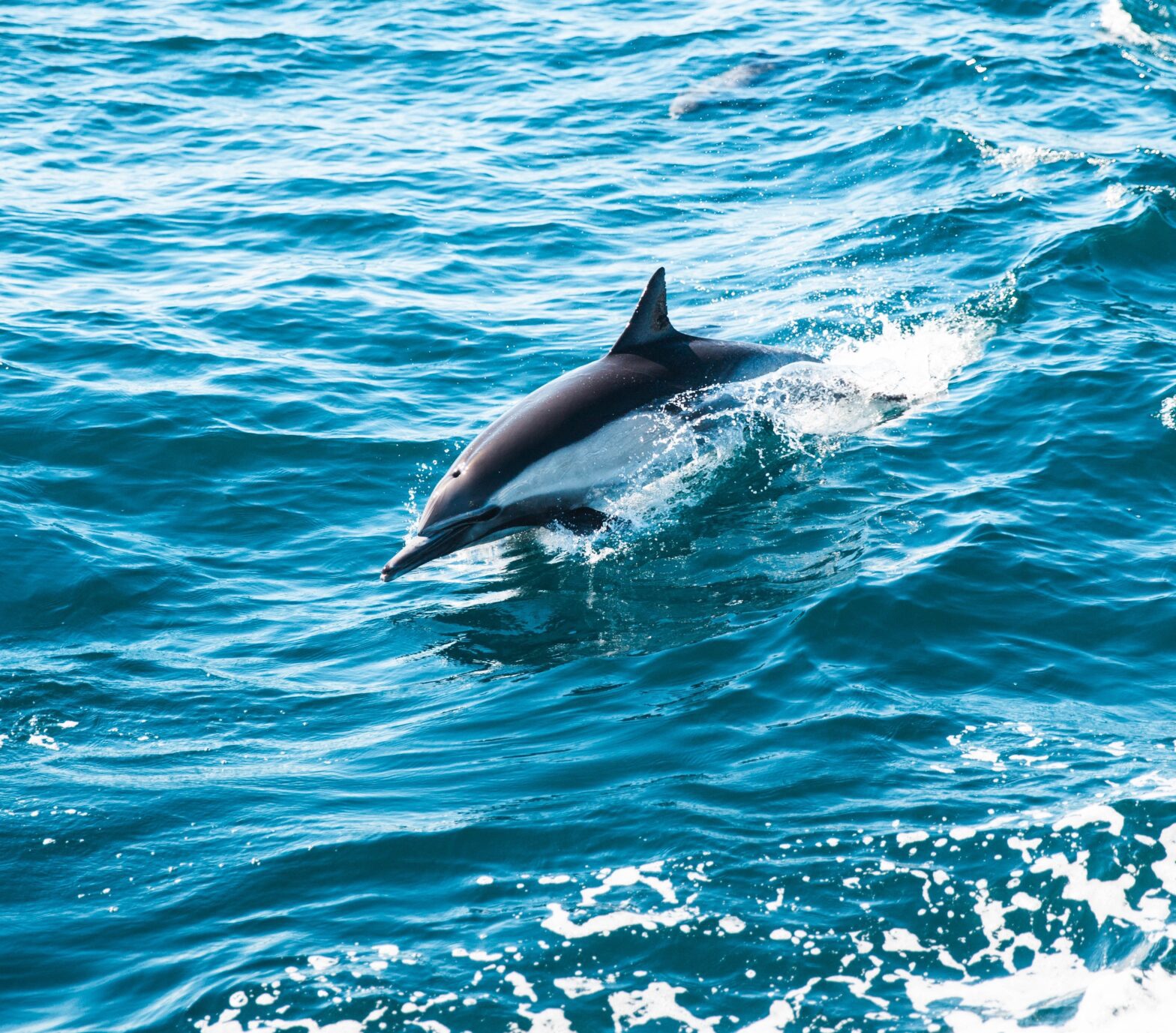To many the pelagic habitat is the very definition of ocean, and the largest habitat on earth. Closer to the coast the ocean becomes shallower as the earth’s crust rises from the deep sea, roughly 12,000 feet (3,600 meters), up the continental slope and shelf. This results in dramatic changes to currents, waves, water temperature and density, dissolved gases, nutrients, and the ocean life as it flows and mixes around and over these geological features. These changes, among others, create the distinction between the pelagic and coastal pelagic habitat. In both cases the habitat’s dominant feature being ocean water.
The majority of Santa Monica Bay is coastal pelagic habitat, extending from the surface to near the bottom of the ocean, approaching depths of 1,600 feet (480 meters). In this habitat the water will vary in temperature, light, (both color and amount), density, alkalinity, and in concentrations of dissolved oxygen, carbon dioxide and other gases. The water is mixed by surface waves, causing it to tumble, as well as laterally flowing in currents forced by tide and wind. All of this influences the presence and distribution of the coastal pelagic biological community of plankton, zooplankton, larvae, squid, fishes, marine mammals, and birds. Three large marine canyons add even further complexity to the coastal pelagic habitat in Santa Monica Bay.
Within Santa Monica Bay, the coastal pelagic habitat extends north to the Ventura-Los Angeles County line and south to Point Fermin.
